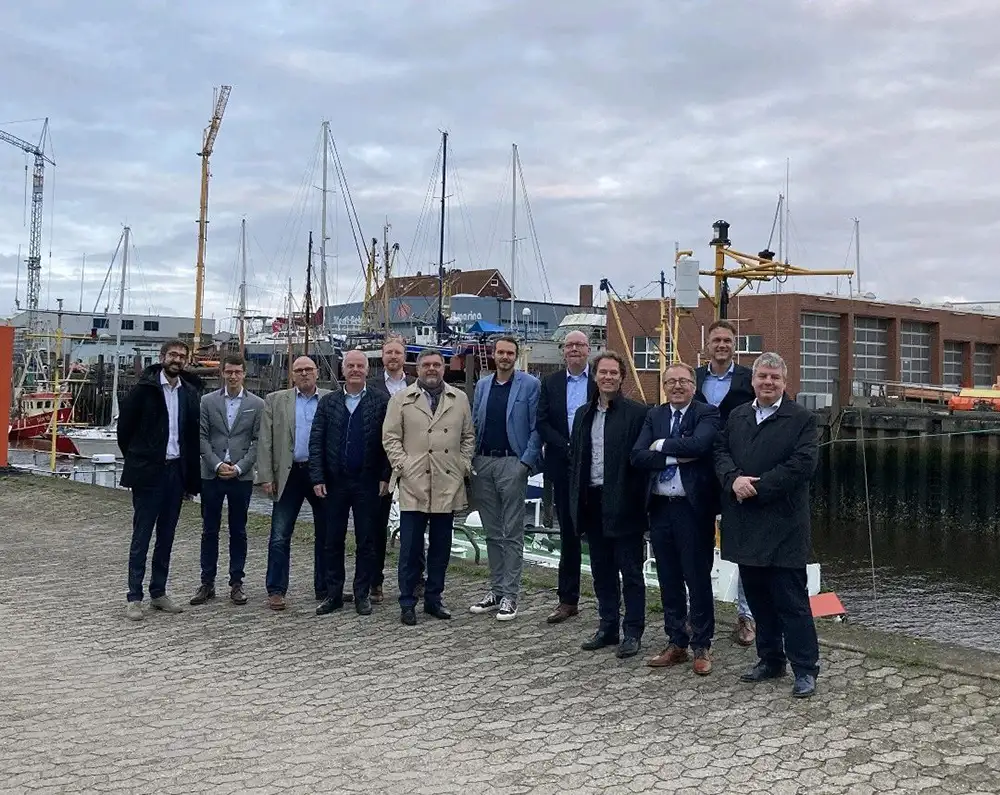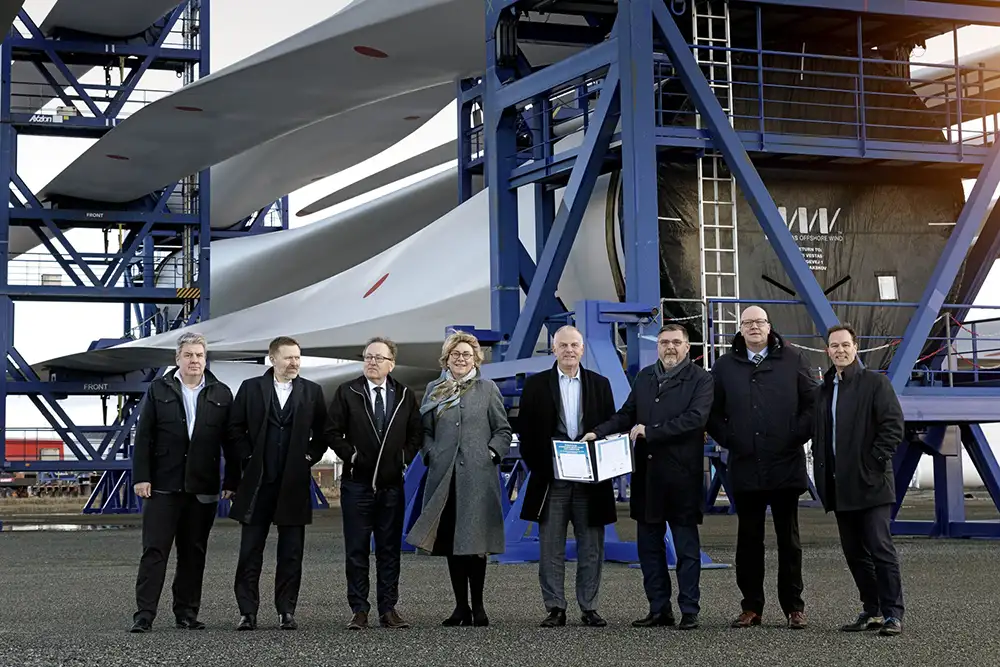
European Offshore Wind Port Declaration
The growing pressure from climate change demands comprehensive and urgent action. Against this backdrop the EU have adopted the ’Fit for 55’-plan, which aims for a 55 % reduction of emissions by 2030. Offshore wind will be crucial to fulfil the goal.
The new European offshore wind strategy goal is to set up at least 60 GW of offshore wind by 2030 and 340 GW by 2050.
The Esbjerg declaration from May 2022 (the declaration of energy ministers on The North Sea as a Green Power Plant of Europe) adds to this ambition with its demand to significantly increase the pace in setting up offshore wind in Europe. It was decided to deliver at least 65 GW of offshore wind by 2030 and at least 150 GW by 2050.
The eight countries around The Baltic Sea committed in august 2022 to increase from 2,8 GW to 19.6 GW by 2030, as well as consider a 2040 target at a later stage.
We, the signatories of this declaration, appreciate and support the ambitions behind those European decisions.
The current geopolitical situation in Europe with the conflict in Ukraine adds to the urgency, and this makes it necessary to significantly increase the pace of the of the roll-out to ensure security of supply.
Against this backdrop, Europe aims to set up five times more offshore wind in the next 10 years as compared to the past 20 years.
We, Europe’s leading offshore ports, will be crucial to accomplish this massive expansion of European offshore wind capacity. We are fully committed and stand ready to do our part of the work.
However, at this time, the momentum of the green transition is hampered by capacity problems. This is specially the case for port capacity. As it currently stands 30 GW of the 60 GW cannot bereached. There is a need for a significant expansion of the existing capacity.
To solve the European capacity problem, which stands in the way of an ambitious and faster green transition, it is also necessary that Europe’s leading offshore ports establish partnerships that contribute to knowledge sharing and best practice across the entire value chain, while respecting competition law.
WindEurope estimates that without further investments in the ports of 6.5 billion euros, the offshore wind sector will not be able to meet national and international targets. Investments are needed for the expansion of port areas, reinforcement of heavy-loading quay edges, deepening of navigation channels and other construction works.
By strengthening cooperation between the ports, operationally and practically, we can lay the groundwork that will lead to future extensions and sufficient capacity.
The green transition is an enormous challenge for all European players in the offshore industry.This applies to case processing time, approval of projects, labor shortages and much more. Therefore, a strong alliance between the ports will be one of the main keys to achieve success.
We, the signatories of the European Offshore wind port declaration, hereby pledge to strengthen the capacity of the ports to help increase the pace of setting up wind farms.
We believe, that by pooling our experience we can not only increase the pace but also enhance awareness that solutions must be found to the significant capacity problems we are facing.
Releasing the potential of collaboration
Therefore, the ports in the collaboration are now joining forces to find the best solutions to optimise the ports in the offshore industry. Concretely, this means:
- Representatives from the ports will meet twice a year to discuss and share insights andknowledge. The collaboration will also be joined by key stakeholders.
- The collaboration will cover all port infrastructure. We will share knowledge, planning and increase the transparency of our work in every possible way while respecting the EU competition rules.
- We will ensure optimal processes for the individual ports, while learning from one another andutilising capacity and skills while working towards creating more space and efficiency.
- We will challenge the concept of a single base port. We can coordinate and make better use of berths when two ports share projects.
- We want to fully explore the digital possibilities and share the learnings we get from taking steps towards a more digital workflow.
Leading by example
We will foster dialogue and collaboration throughout the value chain, including with the shipping companies.
At the same time, we want to encourage all actors of the maritime sector to create forums for coordination across both industrial and geographical borders. We want to lead by example for all the other actors in the value chain.


